Quick Links
Ever since its official legalization in 2018, CBD has emerged as one of the top-selling health and wellness supplements.
In fact, the CBD industry is expected to reach $7.8 billion in 2022, with more continued growth on the horizon.
As such, CBD products and websites are popping up left and right – meaning you need a flawless marketing strategy to stay ahead of the competition.
That’s why CBD SEO services have exploded recently, as dominating the organic search is one of the most effective digital marketing strategies around – with the ability to generate an ROI as high as 12.2x your marketing spend.
One of the most essential aspects of SEO for achieving higher rankings is link building. That’s especially true when it comes to penetrating the top 5 on the SERPs (search engine results pages).
A study by Backlinko found that the #1 result on Google has an average of 3.8x more backlinks than other positions.
If you want to generate more traffic, leads, and sales for your CBD business – you need to know how to implement a winning link building strategy.
Lucky for you, that’s exactly what we’re going to show you how to do today – as we’ve compiled the most effective ways to tackle link building for CBD SEO.
Let’s go!
Why Is Link Building for CBD SEO So Crucial?
If you’ve already done some SEO for your CBD company (such as keyword research and content creation) – you may wonder if it’s necessary to spend time and effort building links.
The answer is a definite yes, and there are lots of reasons for that.
First and foremost, domain authority (DA) matters to search engines – even if it isn’t a direct ranking factor that Google uses.
What’s that?
Your domain authority is a score calculated by Moz that determines how likely you are to rank on search engines. Your DA is a score from 1 – 100, and you can use our domain authority checker tool to check your DA score and the DA score for competing websites.
Google and other search engines only want to link to high-quality, trustworthy sites that contain relevant, factual information.
How do they determine which sites are trustworthy and which aren’t?
A few ways, but the most prevalent is by checking the backlink profile of a website. If the site has a number of high-authority backlinks pointing to it (links from trusted domains like .edu, .gov, and other domains with high DA scores), a search engine will view it as a trusted source.
In a nutshell, that’s why link building for CBD SEO is such a big deal. A robust backlink profile from trusted sites conveys that you’re an established, high-quality website that releases accurate information.
The relationship between backlinks and higher rankings
The more trustworthy you are to Google, the higher that you’ll rank for your keywords – and there’s hard evidence for this.
The same study by Backlinko that we linked to previously also found that a higher DA score directly correlates to higher search rankings.
Without using link building, you’ll have a very hard time penetrating the top 5 results. That’s because other SEO techniques will only get you so far.
You can have flawless content that’s perfectly optimized for the right keywords – but if your backlink profile is nonexistent or lackluster – you’ll easily get outranked by competing sites that have lots of high-quality links pointing to them.
So in order to stay competitive with other CBD websites, link building MUST be a part of your overall SEO strategy.
Constructing a CBD Link Building Strategy
Acquiring backlinks is only one component of link building for CBD SEO. In general, there are three primary areas of focus when it comes to building links:
- Optimizing your internal linking structure
- Using high-quality external links in your posts
- Obtaining backlinks through paid and non-paid methods
As you can see, internal and external links also play a significant role in link building, and it’s no different for your CBD company.
Internal links and orphan pages
As an easy starting point, begin by analyzing your internal links. As a rule of thumb, every page on your website should have at least one internal link pointing to it.
If not, it’s considered an ‘orphan page,’ which isn’t good for your SEO.
How do you know if you have any orphan pages on your website?
You can use a website crawler like Screaming Frog to quickly find out. All you have to do is run a crawl for pages that have zero inbound links, and any orphaned pages you may have will show up.
When writing new blog posts, identify areas where you can link to existing pages via relevant anchor text.
As an example, say you’re writing a blog about CBD marketing techniques on your website.
You mention content marketing at one point, which makes you remember that you wrote an in-depth post on content marketing the previous month.
By using ‘content marketing’ as anchor text, you can link back to the other blog post.
Internal links are not only great for your SEO but also for your readers. They serve as a way to keep readers engaged with your content, which means they will spend more time on your website – and may even make a purchase or sign up for your newsletter as a result.
Identifying opportunities for external links
External links will also boost your domain authority, so you should aim to use them wherever you can.
Remember, not all external links are desirable, as some will have a poor DA score. If you link to a website that has a low DA, it will hurt your DA in turn – so always check the DA score for any site you plan to link to.
Another rule of thumb is to never link to a competitor page or a page that serves as a replacement for your content.
For instance, if you’re writing a blog about managing a cannabis business, you wouldn’t want to link to another article covering the same topic. That’s because a reader may click on it and decide to continue reading their article instead of yours.
That’s why you should always link to articles that complement your piece but don’t replace it.
Instead of linking to a competitor article, you could link to a case study following a cannabis business owner on their journey to success.
When linking externally, try to find relevant pages from trusted domains like .edu and .gov – as they’ll boost your DA. Whenever possible, link to scholarly studies and scientific journals.
Acquiring CBD backlinks
Last but not least, backlinks are a core component of link building. There are a number of ways to go about building backlinks, including paid methods. There are entire websites dedicated to selling backlinks, and they tend to vary in quality.
Cheaper backlinks are often not worth it, as they’re cheap for a reason. If you have the budget, though, it can be worth paying for high-authority backlinks.
Yet, there are plenty of ways that you can acquire backlinks for free if you have the time to dedicate to it.
Proven Ways to Generate High-Authority Backlinks for Free
Why pay for backlinks if you don’t have to? If you have a few staff members to spare for it, you can build backlinks without having to pay a dime.
There are lots of ways to go about it, including:
- Creating a resource page
- The Skyscraper Method
- Guest posts
- The broken links method
- Claiming unlinked brand mentions
Let’s take a closer look et each technique for acquiring backlinks for your CBD business or cannabis dispensary.
Create a resource page on your site
A clever way to obtain backlinks while also providing value to your readers is to create a resource page.
That’s where you compile a list of blogs, businesses, and resource websites within your niche. For each resource, you include an external link and a brief description.
In the case of CBD, you could create a resource page linking to:
- Educational CBD blogs with high domain authority
- Cannabis dispensaries
- Government sites discussing the legality of CBD and cannabis
- CBD influencers and fellow bloggers
- Cannabis SEO companies
Those are just a few ideas of the types of websites you could target for a resource page. You can go with just about anything as long as the websites have two things:
- A) A high domain authority
- B) Relevance to your target audience
The list of resources should be related to your target audience’s interests or needs to ensure it generates organic traffic. Beyond that, it should be a trusted website that has a desirable domain authority score to ensure the backlink is worth pursuing.
Once you compile the list, it’s time to do email outreach. Send a polite email to every website that you include in the post.
Let them know that you’ve included them on a resource page and that you’re requesting a backlink.
It’s likely to work as you’ve already established some trust, and you acknowledged them as a thought leader in your field – so they’ll likely return the favor by linking to your page.
The skyscraper method
Coined by SEO guru Brian Dean of Backlinko, the skyscraper method quickly became a staple of the SEO link building world.
It involves identifying the most desirable backlinks from top-ranking websites in your field, or ‘skyscrapers.’
These are the blogs and websites occupying the coveted #1 and #2 organic spots on Google and other search engines. They’ve already climbed to the top of the castle, which is why their backlinks are the cream of the crop.
Pro tip: You can use our free backlink checker tool to instantly view the backlink profiles of your top competitors.
Once you’ve honed in on the backlinks you want to poach, it’s time to outdo the content they’re currently linking to – and not by a small margin, either.
Ideally, you want to create a piece that’s 10x stronger than what’s already there.
How do you do that?
Look for areas where you can go into more detail than the original post. For example, if they list the top 25 cannabis strains, list the top 100 instead – complete with pictures, videos, and infographics if you can.
Anything you can do that provides more insights and value to the reader will enhance the content. Visuals are a big deal, so include high-resolution images that relate to your post.
Once your elite-level content is complete, reach out to the original post’s backlinks. Let them know that you have a stronger piece (make sure to link to it so they can see it for themselves), and politely request a backlink.
If your content is indeed more valuable, they’ll likely want to link to your piece instead.
Guest Posting
Many consider guest blogging to be the gold standard for acquiring free backlinks.
While it is a fantastic way to build links and raise brand awareness, there are right and wrong ways to go about it.
Picking any blog willy-nilly and writing a post that provides no value just to get a backlink won’t work.
Search engine algorithms are smarter than that these days, and they’ll pick up on the fact that you’re only guest blogging to get a link. That’s why you need to be highly strategic with your guest posts, and you need to dedicate time and effort to them.
The first step is to make sure that you’re posting on a blog that’s related to what you do. For CBD companies, it could be a CBD or cannabis blog or a health and wellness blog that features CBD products.
Also, make sure that the site you’re posting on has decent domain authority. Otherwise, a link from them will hurt your DA score instead of helping it.
Next, write a guest post that informs and educates readers about a relevant subject. You could share a case study or testimonial where your products helped someone out or provide a detailed look at the current state of the CBD industry.
This type of selective guest posting will yield not only backlinks but serious rewards in the form of increased organic traffic, qualified leads, and higher rankings.
Finding sites that accept guest posts
When it comes to guest blogging, finding a website where you can write a guest post is half the battle. Not every blog will accept guest authors, and some aren’t worth pursuing a backlink from in the first place.
So how do you find desirable websites for your guest blogs?
There are a few ways – one of which is to use plain old Google search. Try searching for keywords like ‘CBD guest posts wanted,’ ‘looking for CBD guest blogs,’ ‘suggest CBD post ideas,’ etc.
If you don’t find anything through that method, you can take to social media sites to search for guest post opportunities. Twitter tends to be the most effective, as you can often find blogs accepting guest posts with a quick search.
Use the broken link building method
If you don’t have time to write guest blogs or outdo competitor content, a quick and easy way to pick up a few backlinks is to replace broken links.
42.5% of websites have broken links – and that includes CBD websites and blogs.
You can use that to your advantage by uncovering broken links on CBD blogs – and then offering to replace the link with similar content from your website.
You can use the Check My Links Chrome extension to quickly scan for broken links on any website you visit. Let’s say that you discover a broken link for a blog post on the benefits of CBD oil. You could then reach out to the webmaster and offer your post on CBD oil benefits as a replacement.
It’s beneficial for them to say yes for two reasons – one, because it removes a broken link which is bad for their SEO – and two, they pick up some link juice of their own by hyperlinking to your high-value page.
Claiming unlinked brand mentions
Another quick and free way to acquire backlinks is to claim unlinked brand mentions that are floating around online.
What are those?
An unlinked brand mention is an instance where another website mentioned your brand but failed to include a backlink.
They could have been reviewing your product, listing companies in your industry, or mentioning what you do because it relates to their topic. Whatever the reason, an unlinked mention is a backlink opportunity just waiting for you to pick up on it.
Ahrefs Content Explorer is a particularly useful tool for uncovering unlinked brand mentions. They have a massive index containing almost a billion pages, so the tool is bound to pick up any mentions of your brand.
Simply search for your brand name while excluding your domain by typing: -site:yoursite.com. From there, you’ll see a complete list of every website mentioning your brand. You shouldn’t pursue every unlinked mention, only those from websites with high DA scores.
Concluding Thoughts: Link Building for CBD SEO
Those are the most effective ways to go about link building for CBD SEO. To rank in the top 5 on the SERPs, you need an impeccable link profile that includes high-authority backlinks, external links, and internal links.
Methods like outdoing competitor content, fixing broken links, and claiming unlinked brand mentions are completely free ways to generate backlinks.
That will help your brand rank higher and carve a place for itself in the competitive CBD industry.
If you’re too busy running your CBD e-commerce store to focus on link building, our team of experts can handle it for you at The HOTH. Our link building strategies are proven effective, and we incorporate every strategy you see on this list and more – so don’t wait to get in touch now.



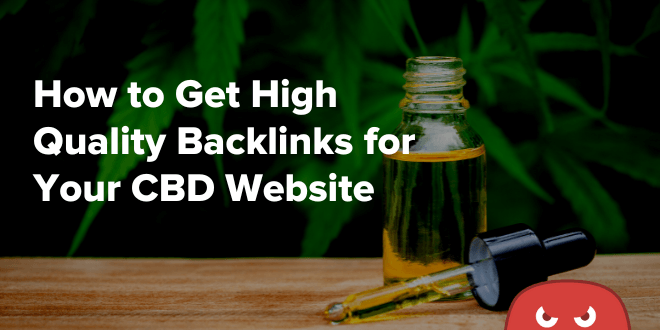



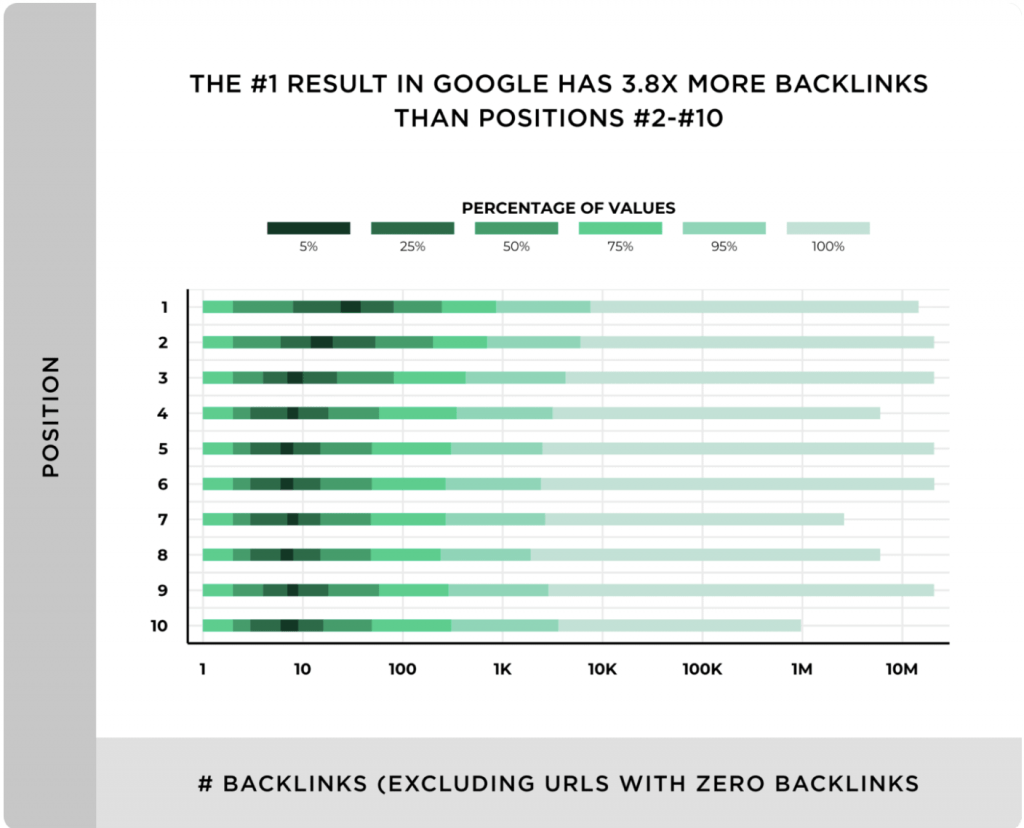
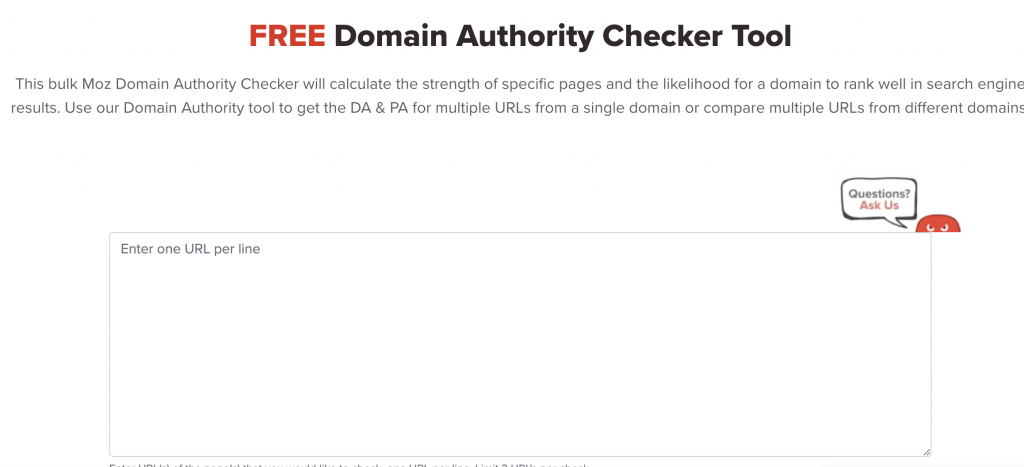
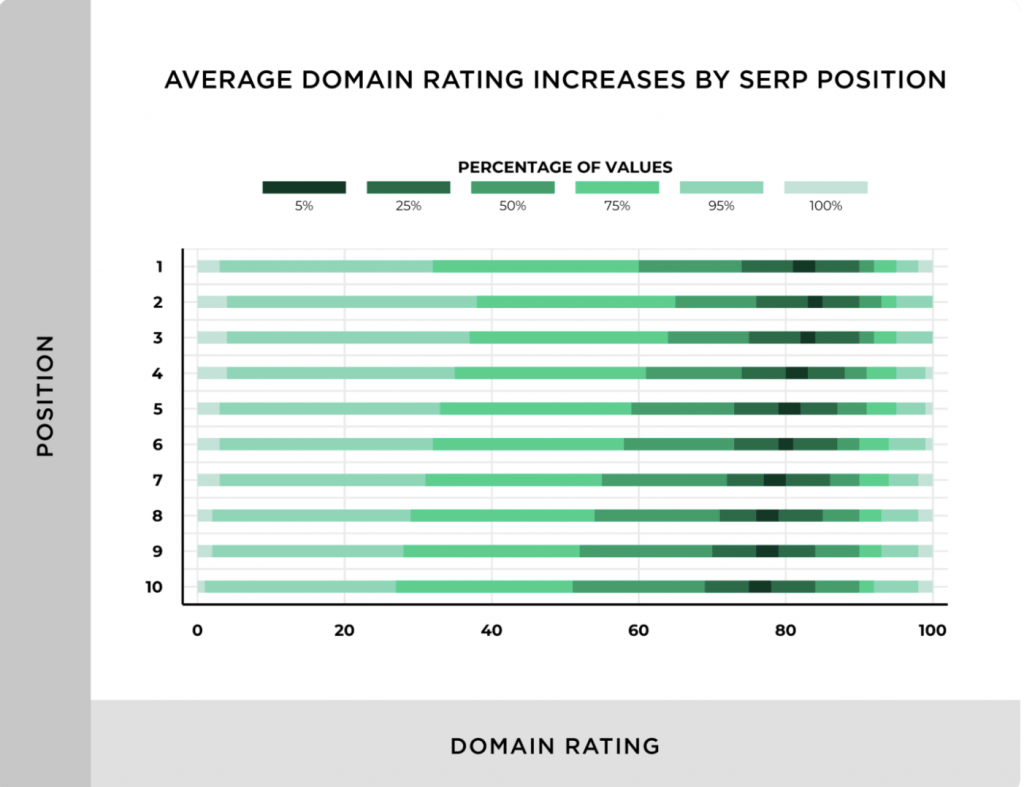
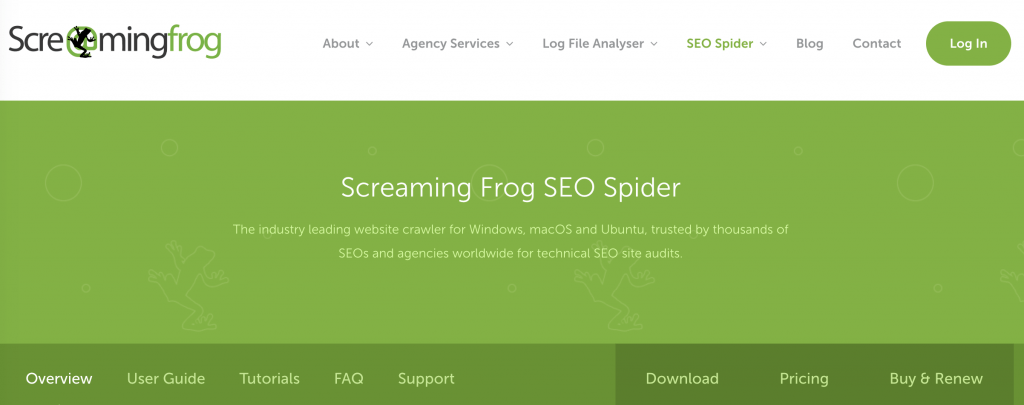
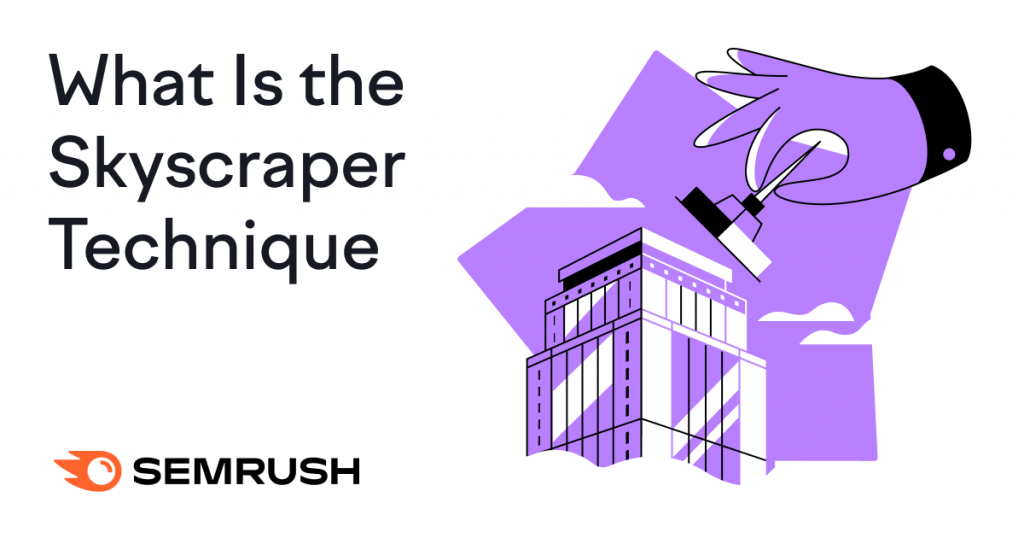
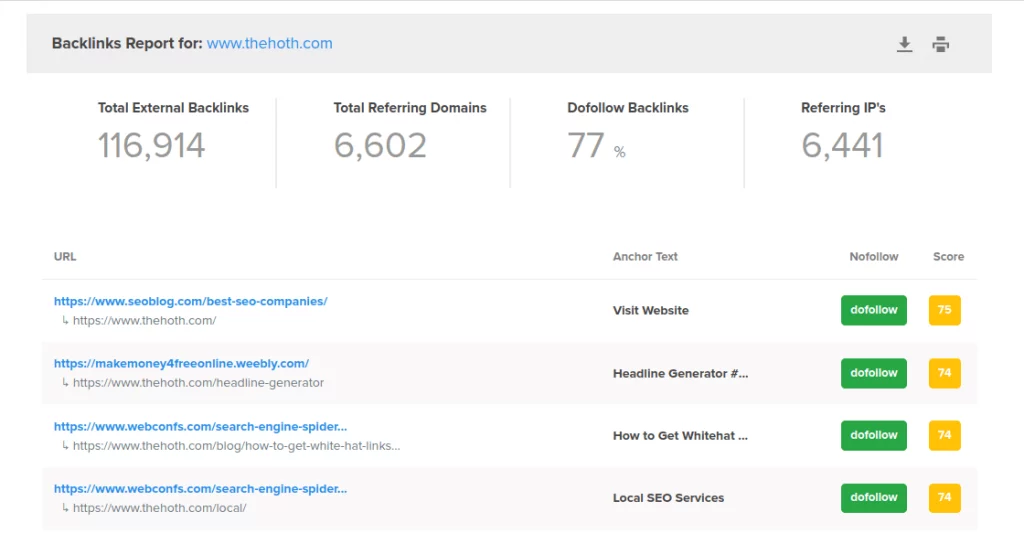
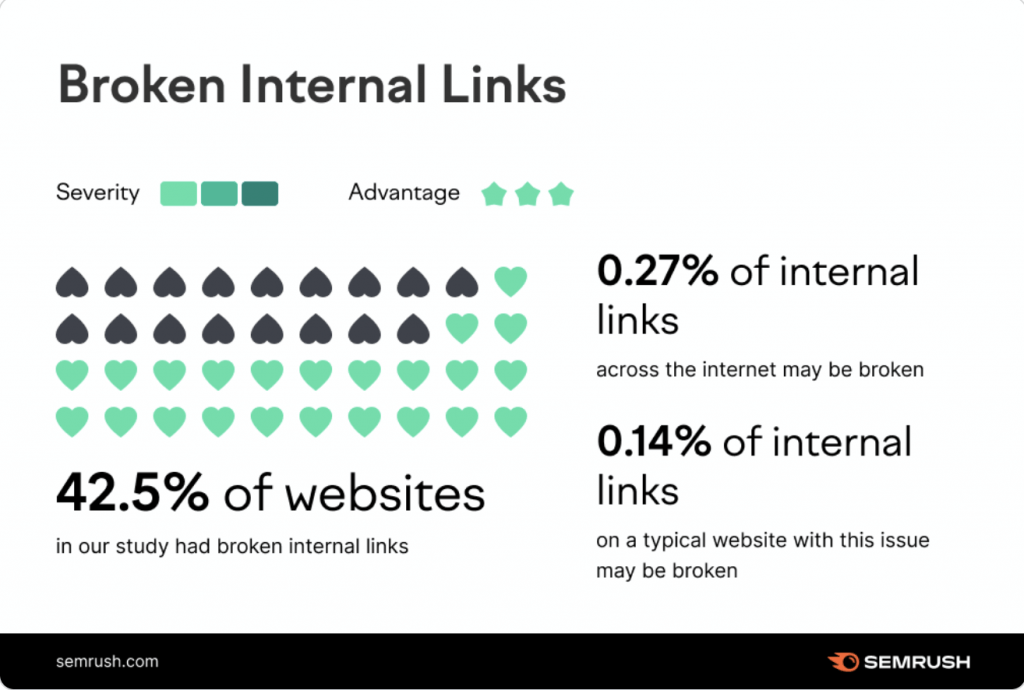
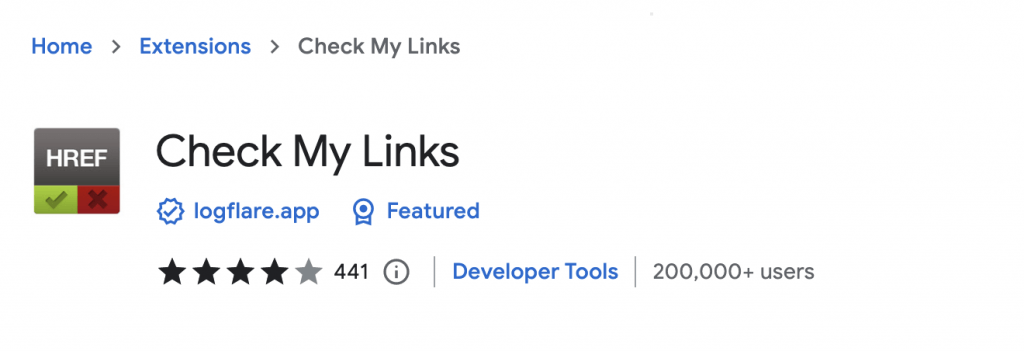



Very informative post. Thanks for posting.